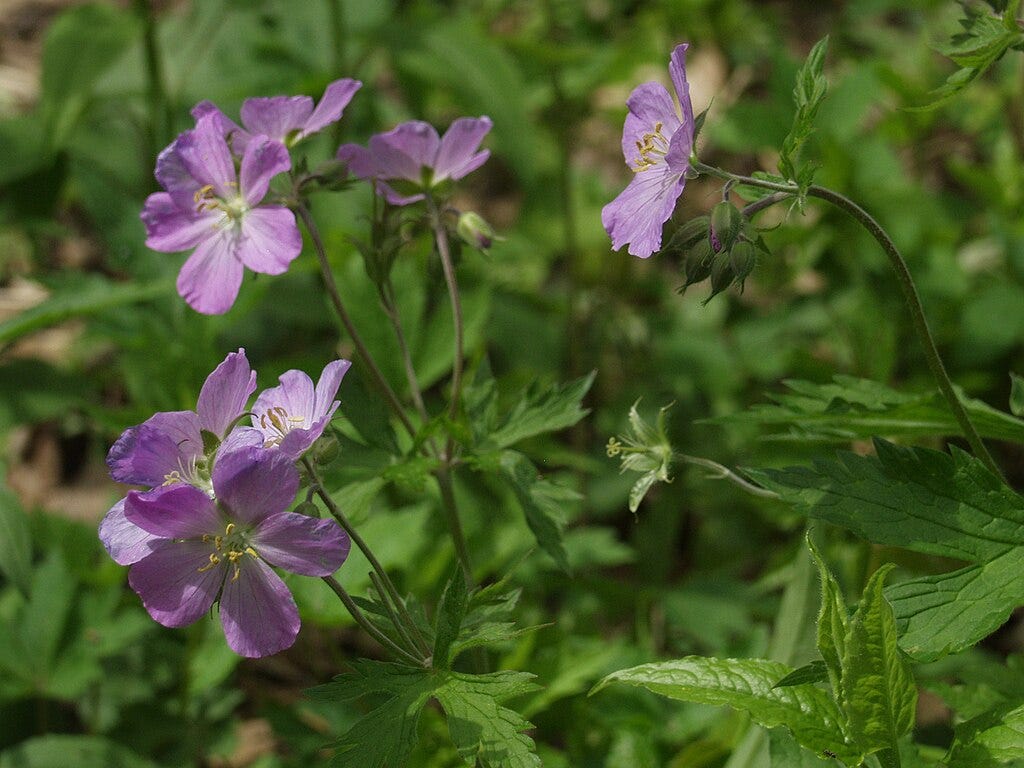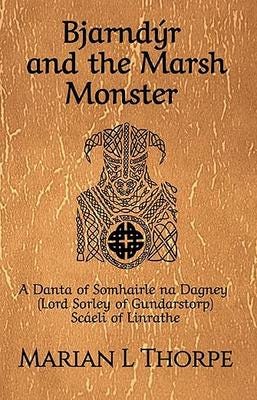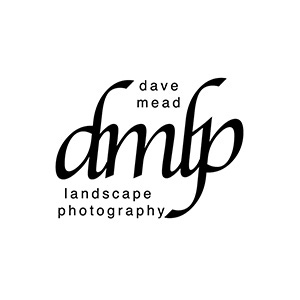In a hole in a tree stub lived a chickadee. Or rather, a chickadee family, although I can’t say if there are hatchlings yet. I watched the nest hole one morning this week, one bird arriving to either take something (a fecal sac?) or give something to its mate, whose head was just poking out. Then they switched places. I didn’t have my binoculars, and wasn’t close enough to determine exactly what was happening, or hear the cheeping of nestlings, necessarily. They flew back and forth for several minutes, so I assume they were feeding babies. I love chickadees – they are such delightful, friendly little birds, and I’d never stumbled over a nest site before. It made my day.
I planted native perennials this week: Geranium maculatum, wild geranium, in the dry shade; Rudbeckia hirta (black-eyed Susan) in the sun. I was supposed to plant Echinacea (purple coneflower) but the nursery’s crop failed due to the cold, wet spring. I’ll keep hunting for it. On the non-native geraniums, Geranium macrorrhizum (Bigroot geranium), whose magenta flowers are already out, the bumblebees are busy, as they are on the flowers of Acer campestre (hedge maple) that line our street.
Newly planted in our front garden is a serviceberry tree, a replacement for the ash killed by emerald ash borer. In my drives around southern Ontario, especially now when trees are leafing out, the devastation of woodlots can be clearly seen. Many – most? – are at least half dead. Woodpeckers benefit, for a time, and other birds and animals that feed or build homes in deadwood. As the bark falls from dead trunks, a strangely beautiful tracing etches the wood.
So the baseline shifts again. I can just remember tall, graceful elms in towns and rural roadsides; I have no memory of American chestnuts at all. A landscape devoid of ash trees will be the new normal. Will they be missed?
All who observe or study the natural world, as amateurs (in its truest sense) or scientists, as visual artists or writers know what we have lost in our lifetimes (and, in a few small victories, what we have gained.) We can read the work of others to help us understand what was lost before our time, but we’ll never really know. As a writer of historically-inspired novels set in a parallel medieval world, that shifted baseline brings its challenges. What were the soundscape or ecological landscapes of past worlds, the abundance of birds and animals now scarce or gone? I try to imagine, but even as a birder with an intellectual understanding of what’s changed, there are no corncrakes in the fields of my imagined world, or spoonbills on the mudflats, or kites both black and red overhead. Why not? Because when I began the series in the late 90s, I hadn’t seen red kites in England, or spoonbills, or a corncrake. (I still haven’t seen a corncrake, although my husband had one practically run over his foot in Norfolk – which is on their migration route north – very early one spring morning some decades ago.) I created a world based on what I knew. My error, but I doubt readers notice, or not many. (In later books in the series and in the work in progress, some of these ecological errors are corrected – but I still won’t have it right.)
~~~
If you missed the separate announcement, Bjarndýr and the Marsh Monster, a reimagining of part of Beowulf as written by Sorley, the poet/musician character from the Empire’s Legacy series, came out this week. Unfortunately, the first printings have a typo that should have been corrected – the revised manuscript had been uploaded in plenty of time. It’s not major, simply a missing capital letter on the interior title page. Still, annoying. But the poem itself is fine! (And, somewhat surprisingly was #1 in ‘Hot New Releases’ for Medieval Poetry on Amazon.ca this week.)
https://books2read.com/b/marshmonster
~~~
‘Pullin' weeds and pickin' stones/Man is made of dreams and bones…’ The folk song this week is one you may well know – performed here by its composer, Dave Mallett. The video isn’t the best, but the music’s good.
Inch by Inch (The Garden Song).
Here’s the link to my Substack archive with lots more stories, updates, poems and musings.
Find all my books at https://scarletferret.com/authors/marian-l-thorpe
Or find the first one here, among a fine selection of books by Substack and other authors.
If you like This Writer’s Diary, here are two more substacks that might be to your taste:
and









We have Ash dieback in the UK which I think is different to your borer although the end result is the same. The ash trees on the farm are unaffected but I believe it’s just a matter of time. Thanks for sharing your always interesting diary, and thanks also for the shoutout, much appreciated.
When we lived in Maryland we had a back yard full of bird feeders and (mostly) decorative ceramic birdhouses. The wrens and chickadees started using the houses, and one year we were able to watch the chickadees straight through to fledging day. Watching them take that first leap into the unknown was wonderful. I hope yours make it!